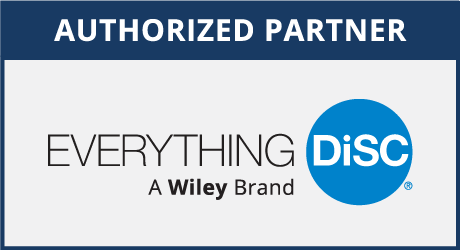1. Assess Individual and Collective Strengths
Begin by recognizing the unique strengths of each team member. Utilize tools like StrengthsFinder or Gallup’s CliftonStrengths to identify what each person brings to the table. Schedule a team meeting to discuss these strengths, ensuring that everyone feels valued and heard. This foundation will inform the goal-setting process.
Action Step:
Create a visual map of team strengths and discuss how these can be utilized to achieve common goals. Unlock your team’s potential—schedule a Discovery Call today to uncover and harness your team’s strengths!





